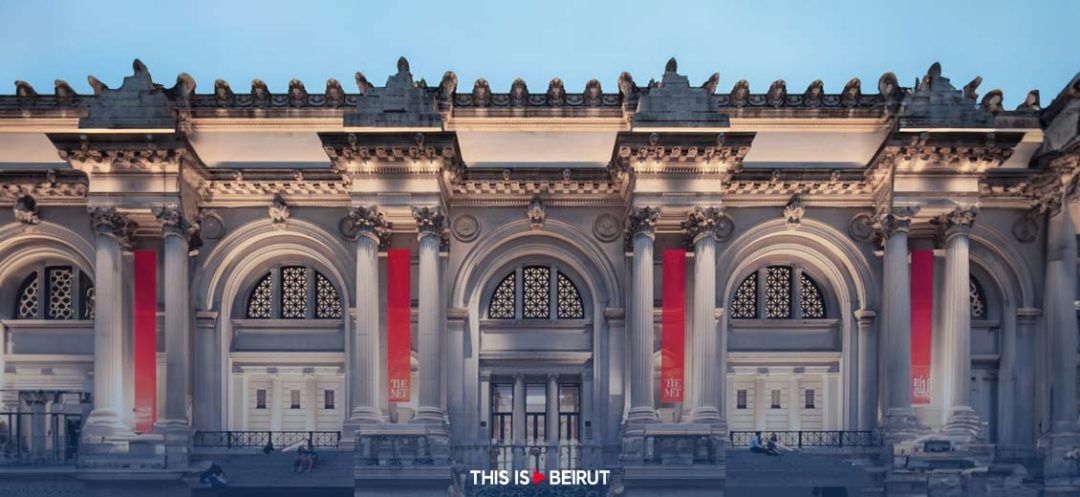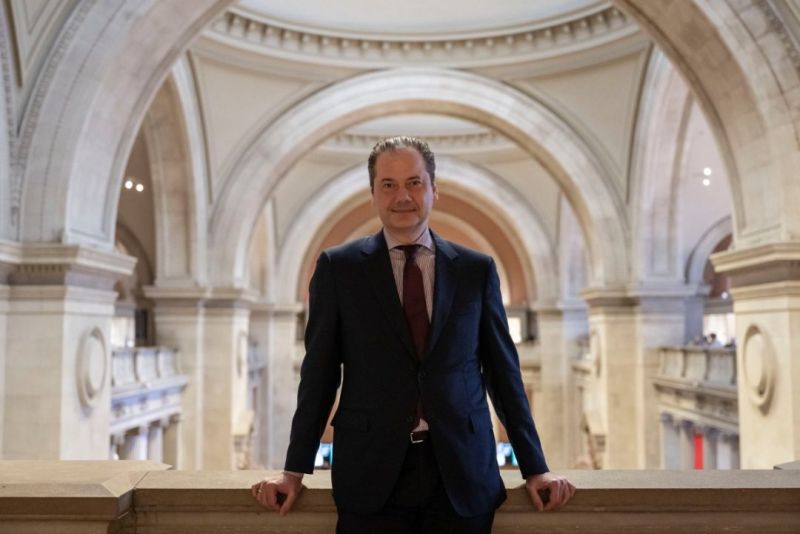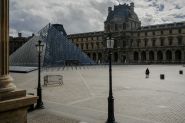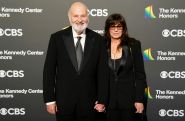
©Photo Credit: Met Museum official site.
The Metropolitan Museum of Art in New York, one of the world's most renowned cultural institutions, is poised to recalibrate its exhibition strategies to offer a more inclusive representation of global cultures, with a particular emphasis on African art. This initiative aims to diminish the prevailing Western-centric narrative and enrich the museum's appeal to a broader audience.
The Metropolitan Museum of Art in New York is currently shifting through a new form art, revamping cultural perspectives which include African American and diaspora communities. Max Hollein, the Met's CEO and executive director, articulated this strategic pivot in an interview with AFP, emphasizing the museum's commitment to showcasing a diverse array of cultural histories.
Founded in 1870 and located opposite Central Park on Fifth Avenue, the Met has long been a bastion of art and culture. However, it has predominantly reflected the aesthetic and historical perspectives of its European and American benefactors. The museum's extensive collection includes over 4,000 African works, which represent the artistic diversity of more than 200 cultures from approximately 40 countries in sub-Saharan Africa. This collection will soon be re-presented in a renovated space designed to offer a new architectural and scenographic experience, particularly highlighting African art.
In the spring of 2025, the museum plans to reopen the Michael C. Rockefeller wing, which has undergone extensive renovations costing tens of millions of dollars. This wing, which originally opened in 1982, not only houses African art but also includes artifacts from the South Pacific and the early Americas. Hollein, an Austrian art historian and the first European to lead the Met since he took over in July 2023, pointed out that this renovation marks a significant shift in how the museum presents non-Western art. The transformation of this wing is intended to foster a more comprehensive and inclusive view of global cultural heritage.
 Photo Credit: Angela WEISS / AFP
Photo Credit: Angela WEISS / AFPMoreover, the Met has been actively engaging with counterparts in Africa, as exemplified by a 2023 agreement with Nigeria’s National Commission for Museums and Monuments. This collaboration focuses on the digitization and cataloging of Nigerian cultural artifacts, enhancing accessibility and scholarly engagement. The Met’s exhibitions have been increasingly exploring the rich cultural narratives of African civilizations. For instance, in 2020, the museum organized a major exhibit on the arts of the Sahelian empires of the Middle Ages, covering regions and historical periods such as Ghana, Mali, Songhai and Segu. Additionally, a recent exhibition delved into a millennium of Byzantine influence on the Christian arts of Egypt, Tunisia, Ethiopia and Sudan.
This reorientation away from a Eurocentric approach is part of Hollein’s broader vision to reshape the Met’s curatorial practices. He emphasizes the importance of viewing African art not merely through the lens of its influence on European modernism, but as a vibrant and autonomous expression of diverse African cultures. To deepen his understanding and to ensure the authenticity of the museum's approach, Hollein visited several significant archaeological sites and cultural institutions in South Africa, Zimbabwe and Tanzania.
The Met's strategic realignment reflects a growing recognition of the interconnectedness of global cultures and the importance of representing this diversity within the context of a major museum. By integrating a broader spectrum of cultural expressions and histories, the Met enriches its own offerings and serves a more diverse and dynamic public. This initiative not only acknowledges the intrinsic value of African art, but also honors the cultural heritage of African Americans and other communities in the United States. It thereby reaffirms the museum’s role in fostering cultural understanding and appreciation.
With AFP
Read more



Comments